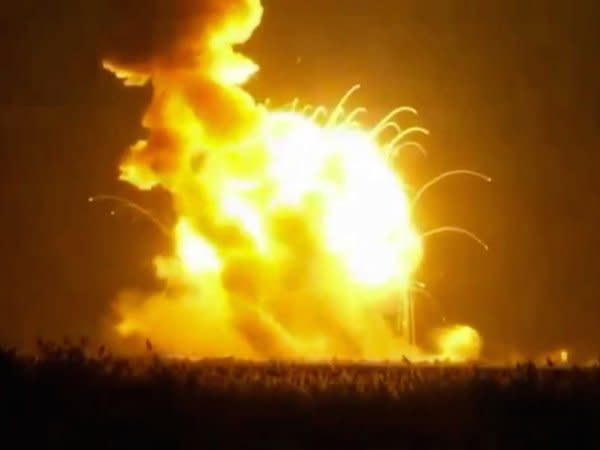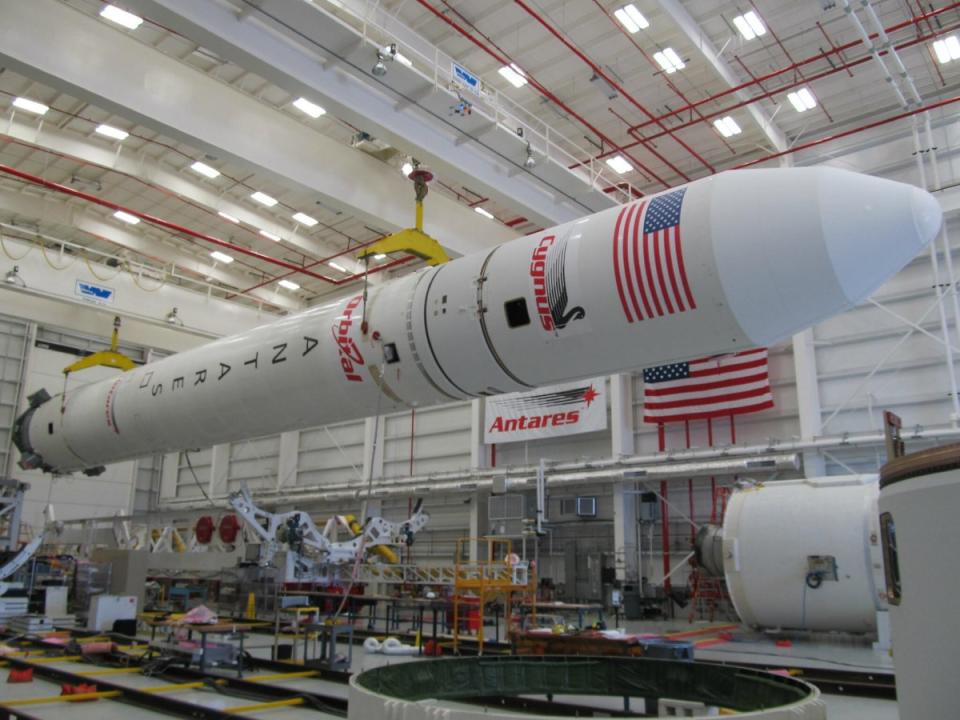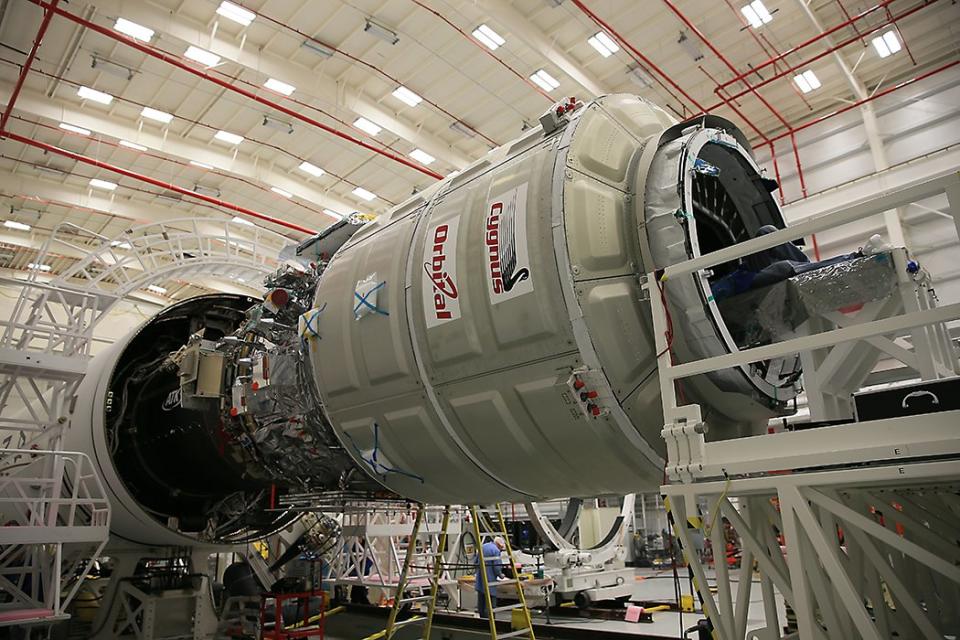Here’s What Was In The 5,000 Pounds Of Cargo Destroyed In Tuesday’s Rocket Explosion

Antares rocket exploded Tuesday.
When the unmanned Antares rocket exploded yesterday, it took with it nearly 5,000 pounds of cargo meant to resupply the ISS.
The crew on the ISS are not in danger, however, according to NASA officials. But it’s still a sad loss.
These cargo missions to the International Space Station also advance science research in space.
Yesterday’s launch was the third cargo load that NASA had contracted with Orbital Sciences Corporation, and was the heaviest load they’ve taken to date.
The total cargo and rocket were valued at $200 million. Luckily, the rocket was insured for up to $50 million. Here’s a rundown of the cargo lost in the explosion:
1602 pounds of science experiments
273 pounds of flight crew equipment
1360 pounds of food supplies
15 pounds of flight procedure books
1338 pounds of US hardware and 66 pounds of hardware from the Japan Aerospace Exploration Agency
145 pounds of spacewalk equipment
75 pounds of data-handling equipment
6.6 pounds of photo and television equipment
But luckily for the hungry astronauts, Orbital Sciences isn’t the only carrier of supplies. Earlier today, a Russian Soyuz rocket launched a resupply spacecraft that has successfully docked with the ISS. The craft carried over 5000 pounds food, fuel, and supplies for the crew.
Moreover, last month, a SpaceX launched a Dragon spacecraft carrying about 5000 pounds of science investigations and supplies to the ISS, and SpaceX is scheduled to launch another resupply mission in December.

An assembled Antares rocket in the Horizontal Integration Facility.
What the Cygnus cargo carried, that these other resupply missions don’t have, was over 1600 pounds worth of international science research and student-led science projects.
One of the projects was going to provide the first space-based observations of meteors entering Earth’s atmosphere. The international project, called “Meteor Composition Determination,” was going to capture high-resolution video and images of Earth’s atmosphere to study the size, density, and chemical composition of meteoroid dust.
With this information, scientists can better understand how planets develop and also, with continuous measurements, could spot meteor showers that were not predicted.
Another international project, called “Brain Drain,” was going to attempt to identify the source of headaches and other neurological symptoms that ISS crew members have reported in the past. For this, crew members would wear collars that monitored and measured blood from the brain to the heart.
Some of the student-led science projects — created by students of all ages from grade school up to college — aimed to study: plant growth, crystal formation, milk spoilage, tooth decay, and Leopard frog development all in the absence of gravity.

NASA’s Wallops Flight Facility/Patrick Black
Cargo loading of Cygnus spacecraft completed Oct. 23, 2014.
Read more stories on Business Insider, Malaysian edition of the world’s fastest-growing business and technology news website.



